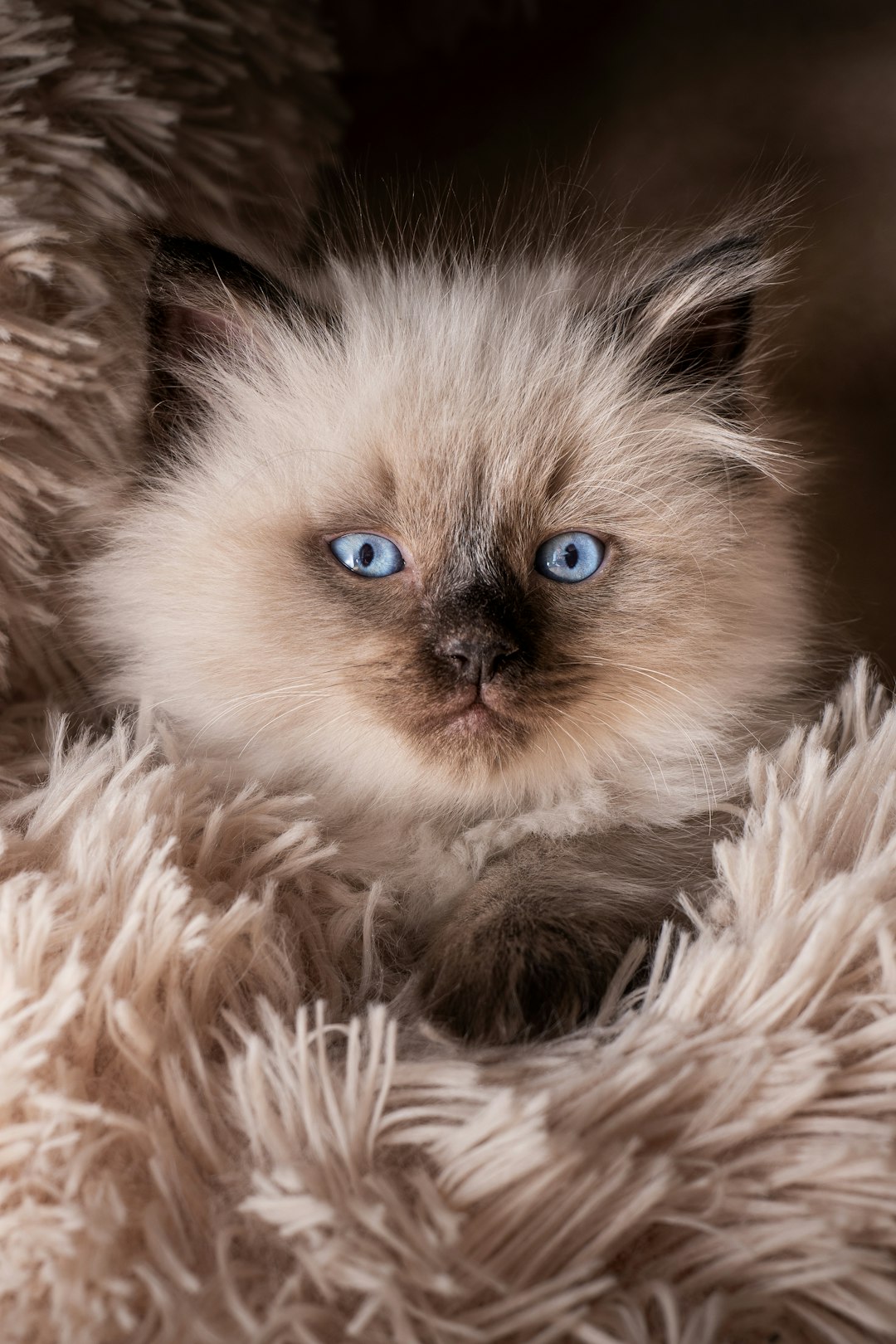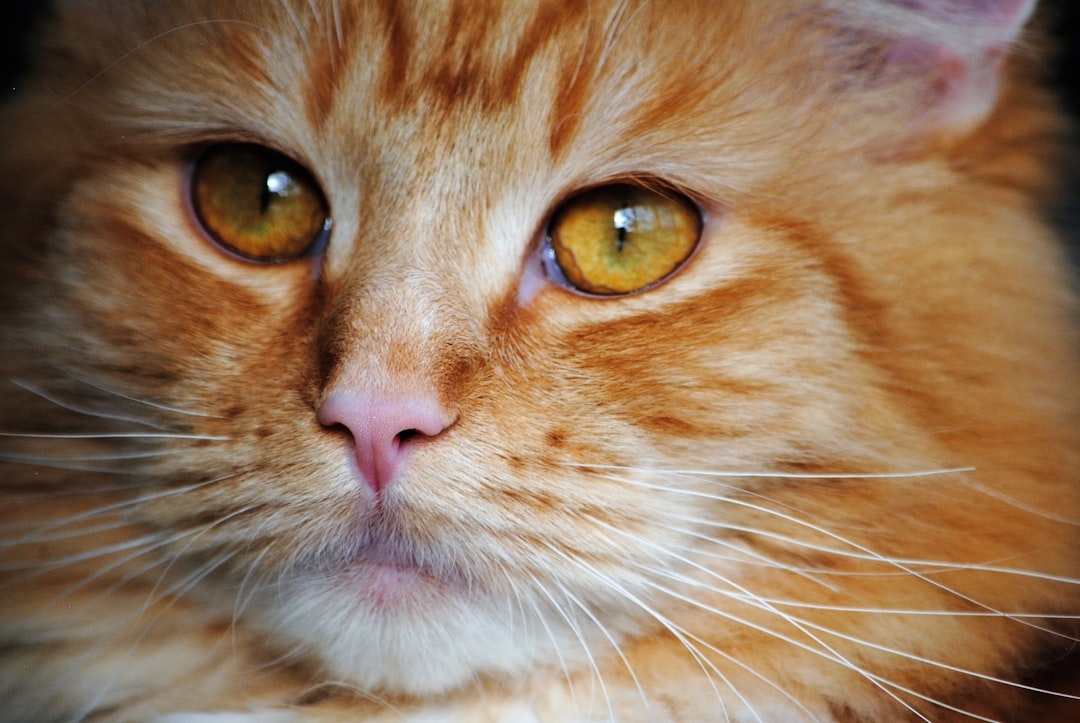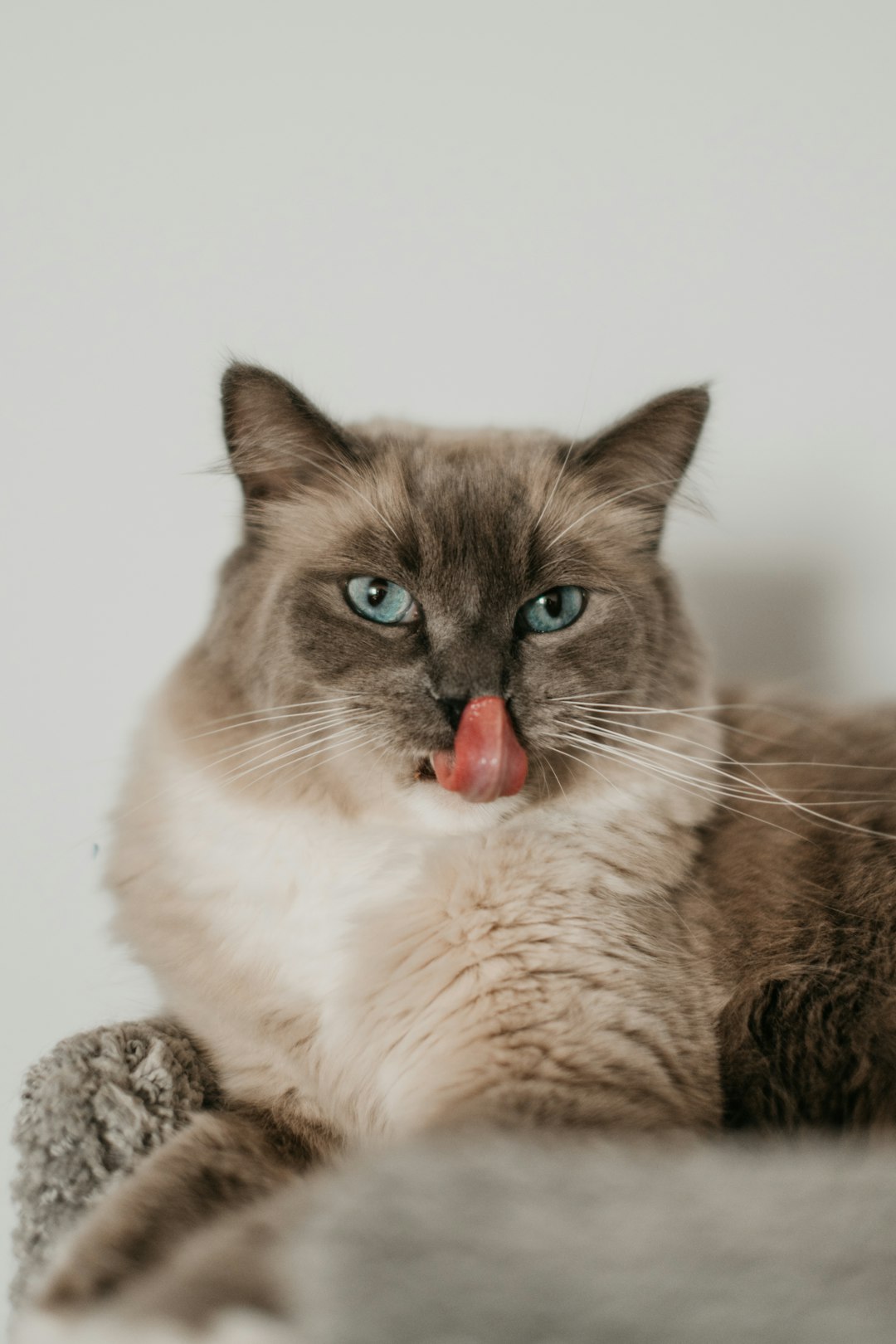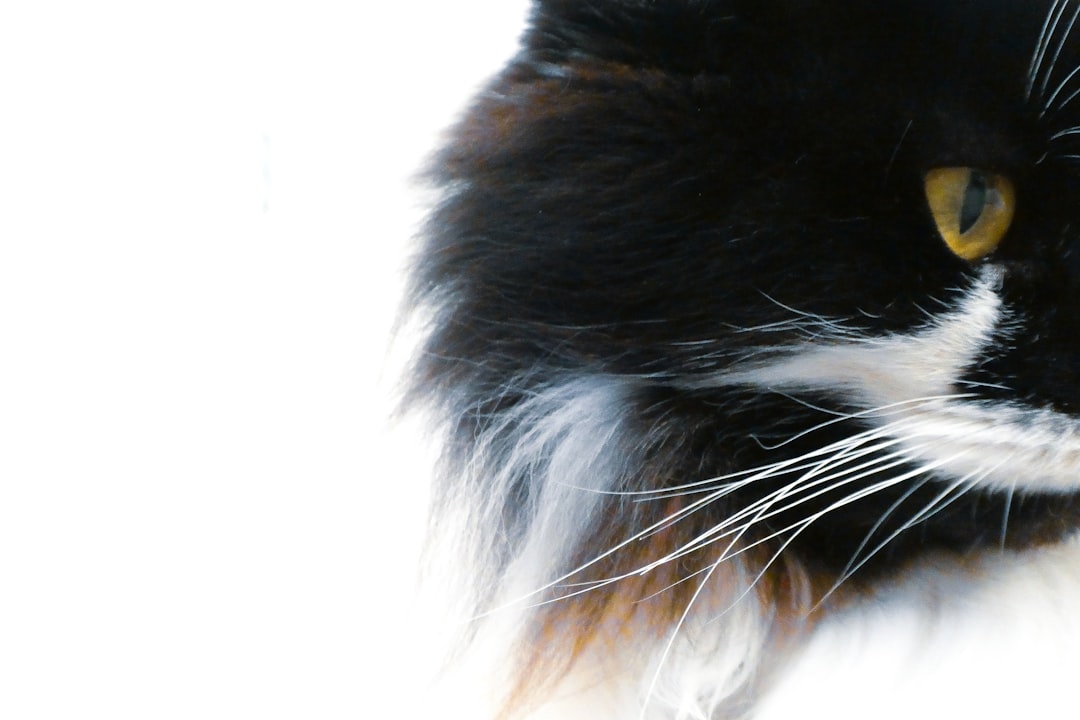The Pixie Bob captivates cat lovers with its distinct features and intriguing origin story. This breed, believed to have roots in the wild bobcat, combines the wild’s spirit with a loving domestic demeanor. As we explore the rich history, striking physical characteristics, and unique temperament of the Pixie Bob, you’ll discover why this enchanting feline continues to capture hearts worldwide. From their care requirements to the fascinating myths surrounding them, delve into the world of Pixie Bobs to uncover what makes them truly remarkable companions.
History of the Pixie Bob Breed
The Pixie Bob breed boasts a captivating history that intertwines folklore and breeding principles. Originating in the early 1980s in Washington State, this breed emerged from the pairing of a domestic cat with a bobcat, resulting in unique characteristics.
Key highlights of the Pixie Bob’s history include:
- Folklore Influence: Legends suggest that Pixie Bobs carry the spirit of the wild, reminiscent of the bobcat ancestry.
- Breeding Goals: Breeders sought to develop a breed with a wild appearance but a domestic temperament.
- Recognition Efforts: In the late ’90s, the Pixie Bob gained recognition from The International Cat Association (TICA), helping solidify its status as an official breed.
Today, the Pixie Bob is cherished not only for its striking looks but also for its friendly disposition. As a result, they have captured the hearts of cat enthusiasts around the world, creating a community that appreciates both their aesthetic and historical significance.

Physical Characteristics of Pixie Bobs
Pixie Bobs are a striking breed known for their distinctive physical traits. Here are some key features that set them apart:
Size: Medium to large, with males typically weighing between 12-18 pounds and females slightly smaller, ranging from 8-12 pounds.
Coat: Their coat can be short or semi-long, featuring a soft and plush texture. Patterns vary, but tabby markings are most common, along with spots and ticking.
Ears: One of the most unique traits of the Pixie Bob is their large, tufted ears, which give them a wild appearance reminiscent of bobcats.
Tail: The tail is short and can be either naturally bobbed or long, with some Pixie Bobs sporting a distinctive kink at the end.
Eyes: They have large, expressive eyes that can range in color from amber to gold, enhancing their captivating look.
| Feature | Description |
|---|---|
| Size | Medium to large |
| Weight | Males: 12-18 lbs, Females: 8-12 lbs |
| Coat | Short or semi-long with tabby patterns |
| Ears | Large and tufted |
| Tail | Short or long with a kink |
| Eyes | Large, amber to gold |
These physical characteristics contribute to the Pixie Bob’s unique charm, making them a sought-after breed for cat lovers.
Behavior and Temperament
The Pixie Bob breed stands out not only for its distinctive looks but also for its engaging behavior and wonderful temperament. Here are some essential traits that characterize Pixie Bobs:
Friendly Nature: Pixie Bobs are known for their sociable demeanor. They often bond closely with their families and enjoy interacting with people.
Playful and Energetic: These cats possess a youthful spirit. They love to play fetch, chase toys, and engage in interactive games, making them perfect companions for active households.
Intelligent and Curious: The Pixie Bob showcases a keen intelligence, often exploring their environment and learning tricks quickly. Their curiosity also leads them to investigate new sights and sounds.
Adaptable: Pixie Bobs can adjust well to various living situations, whether in an apartment or a house. They thrive on human interaction but can also enjoy alone time.
Affectionate: Many owners describe their Pixie Bobs as being almost dog-like in affection. They often seek out human companionship and show loyalty to their family members.
In summary, the Pixie Bob is a delightful breed bursting with personality. Their friendly, playful, and affectionate nature makes them a treasured member of any family.
Care and Maintenance Requirements
Caring for a Pixie Bob requires attention to their unique needs to ensure they thrive in a home environment. Here’s a concise guide to maintaining the well-being of this distinctive breed:
Diet: Feed your Pixie Bob a balanced diet that includes high-quality cat food. Look for options specifically formulated for active breeds, as these cats have higher energy levels.
Grooming: Despite their medium-length fur, Pixie Bobs require minimal grooming. Regular brushing with a slicker brush helps reduce shedding and keep their coat healthy.
Exercise: Provide ample playtime and physical activity. Pixie Bobs are playful and enjoy interactive toys, so consider:
- Cat trees for climbing
- Puzzle feeders to challenge their minds
- Involvement in play sessions daily
Health Check-ups: Schedule regular veterinary visits. Regular vaccinations and preventive care keep your Pixie Bob healthy and active.
By following these care and maintenance tips, you can ensure your Pixie Bob remains a happy and healthy companion for years to come.

Health Considerations
When it comes to the Pixie Bob, understanding their health needs is essential for a thriving companion. Generally, Pixie Bobs are robust and healthy; however, they may still be prone to specific health issues. Key health considerations include:
- Genetic Hypertrophic Cardiomyopathy (HCM): This heart condition is common among many cat breeds. Regular vet check-ups and heart screenings help detect issues early.
- Obesity: Pixie Bobs love to eat, so maintaining a balanced diet is crucial. Monitor their weight and provide appropriate portions to prevent obesity.
- Dental Health: Regular dental care is vital. Brushing their teeth and providing dental treats can help avoid periodontal diseases.
In addition to these conditions, regular vaccinations and parasite prevention should remain a routine part of your Pixie Bob’s care. With proper health management, your Pixie Bob can lead a long, happy life.
Training a Pixie Bob
Training a Pixie Bob can be a rewarding experience, as these cats are intelligent and eager to please. Here are some effective strategies to help you train your Pixie Bob:
Start Early: Begin training when your Pixie Bob is a kitten. Early socialization is crucial for developing well-adjusted adult cats.
Positive Reinforcement: Utilize treats, praise, and playtime to reward desired behaviors. This encourages your Pixie Bob to repeat those actions.
Short Sessions: Keep training sessions brief, around 5-10 minutes. Cats have short attention spans, and frequent, enjoyable sessions will enhance learning.
Clicker Training: Consider using a clicker as a training tool. It helps communicate clearly when your Pixie Bob has done something right.
Consistency is Key: Use the same commands and cues consistently. This clarity helps your Pixie Bob understand what you expect.
Patience and Flexibility: Each Pixie Bob has a unique personality. Be patient and adjust your approach based on what resonates with your furry friend.
By following these tips, you’ll create a positive training environment that nurtures your Pixie Bob’s intelligence and curiosity.
Adoption and Rescue Options
Finding a Pixie Bob to adopt can be an enriching experience. These unique cats not only have stunning physical traits but also possess playful personalities. If you’re considering welcoming a Pixie Bob into your home, here are some excellent options:
Rescue Organizations: Many dedicated shelters specialize in the adoption of Pixie Bobs. Check local listings to find breed-specific rescues that prioritize this unique breed.
Animal Shelters: Always look in general animal shelters. While specific Pixie Bobs may not always be available, they often have a variety of other breeds, and you might connect with a cat that fits your lifestyle.
Foster Programs: Engaging with foster programs can give you insight into the Pixie Bob’s temperament and needs. Foster families often provide detailed information about their personalities.
Online Networks: Utilize social media platforms and local online communities. They can be excellent resources to find Pixie Bobs in need of a home.
Before adopting, ensure that you can commit to the care and upkeep of a Pixie Bob, as they thrive on affection and interaction. Adopting is not just about giving them a home; it’s about providing a lifetime of love.

Fascinating Myths and Legends Surrounding Pixie Bobs
The Pixie Bob isn’t just a remarkable cat breed; it comes with a rich tapestry of myths and legends that add to its allure. Here are some captivating tales associated with the Pixie Bob:
Wild Origins: Many believe that the Pixie Bob descended from wild bobcats, which adds an aura of mystery. While domestic, these cats exhibit striking similarities to their wild counterparts.
Magical Companions: In folklore, Pixie Bobs are often portrayed as magical creatures that can bring good fortune to their owners. Some cultures even consider them to be lucky charms.
Protectors of the Home: There’s a popular myth that Pixie Bobs possess guardian-like qualities. It is said that they can ward off evil spirits, making them not just playful pets but also protectors of the household.
Feline Kinship: Another fascinating legend suggests that Pixie Bobs are linked to ancient tribes who revered them for their hunting prowess. They believed the cats brought blessings and prosperity.
These myths not only celebrate the Pixie Bob’s unique traits but also enrich their presence in our lives, making them beloved pets for many.
Frequently Asked Questions
What is a Pixie Bob cat?
The Pixie Bob is a unique and relatively rare breed of domestic cat that is known for its striking appearance and captivating personality. Originating in the Pacific Northwest region of the United States in the 1980s, this breed is often recognized by its bobbed tail, tufted ears, and sturdy build, reminiscent of a wild bobcat. They are medium to large-sized felines with a short coat, which can come in various colors, most commonly spotted or mackerel tabby, adding to their wild appearance.
What is the history behind the Pixie Bob breed?
The Pixie Bob breed was developed in the late 1980s by a breeder named Carol Miller, who began her initiative after discovering a wild bobcat in her area. Miller’s goal was to create a domestic cat that had physical characteristics reminiscent of a bobcat but maintained the temperament of a domesticated pet. The breed was officially recognized by various cat organizations in the early 2000s, and its fascinating backstory contributes to its allure, attracting many enthusiasts who appreciate both its unique looks and sweet nature.
What is the temperament of a Pixie Bob?
Pixie Bobs are known for their playful, confident, and affectionate demeanor. They are often described as social creatures that enjoy the company of their human families as well as other pets. Their intelligence makes them relatively easy to train, and they often exhibit dog-like behaviors, such as fetching and following their owners around the house. This breed thrives on companionship and tends to form strong bonds with its humans, making them excellent family pets.
Are Pixie Bobs hypoallergenic?
Though no cat breed is entirely hypoallergenic, Pixie Bobs may produce fewer allergens compared to other breeds. Their medium-length coat requires regular grooming, which can help minimize loose hair and dander, the primary sources of allergens. However, individuals with severe allergies should spend time with a Pixie Bob before bringing one home to ensure their allergy symptoms are manageable, as reactions can vary by person. Regular cleaning and grooming can also help maintain a more allergy-friendly environment.



